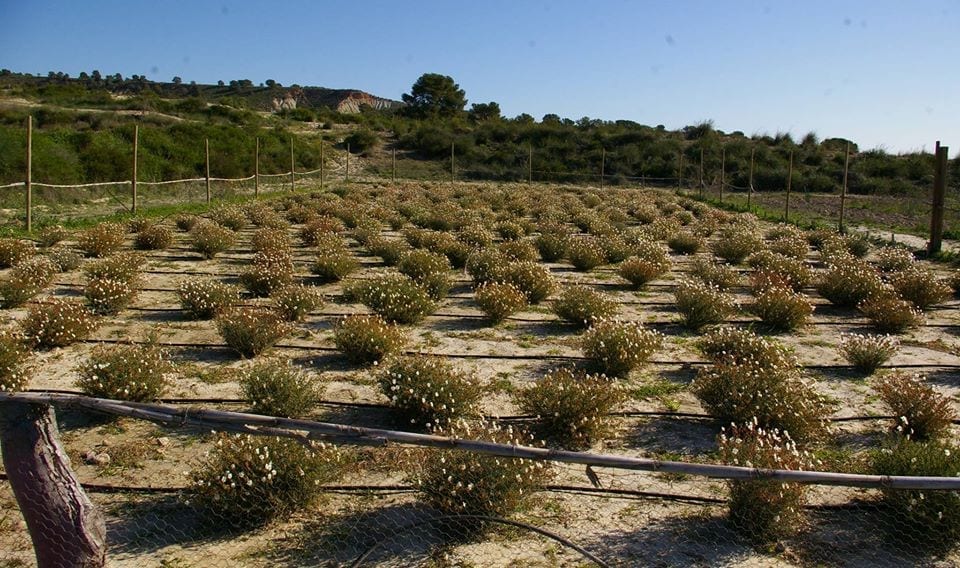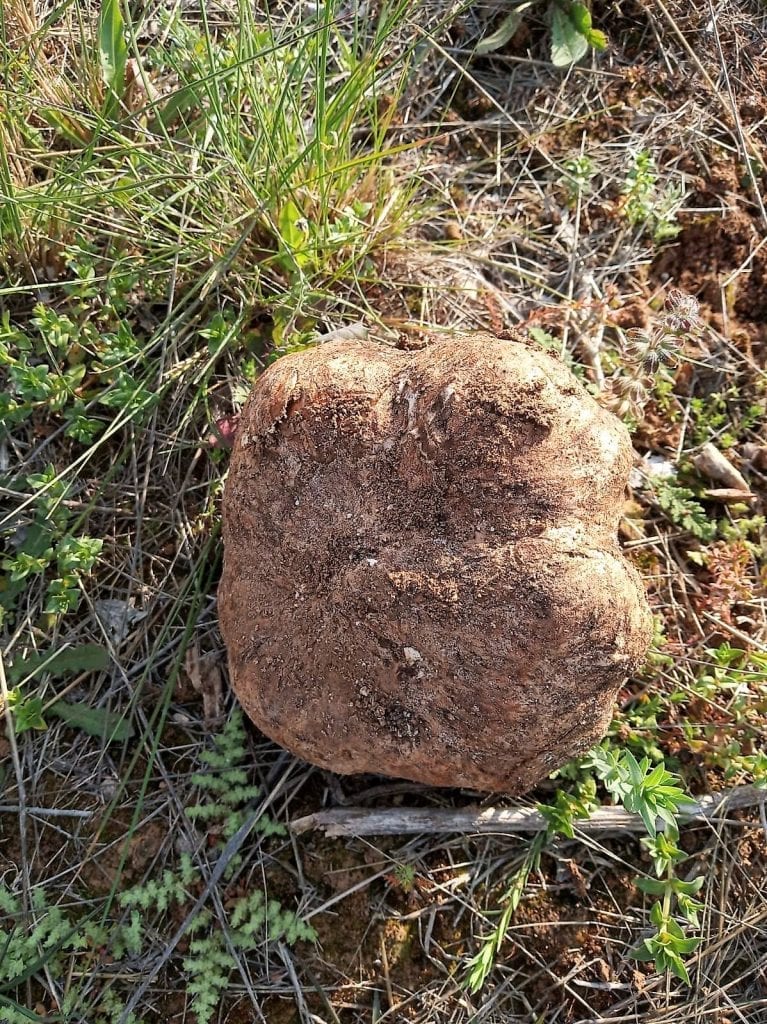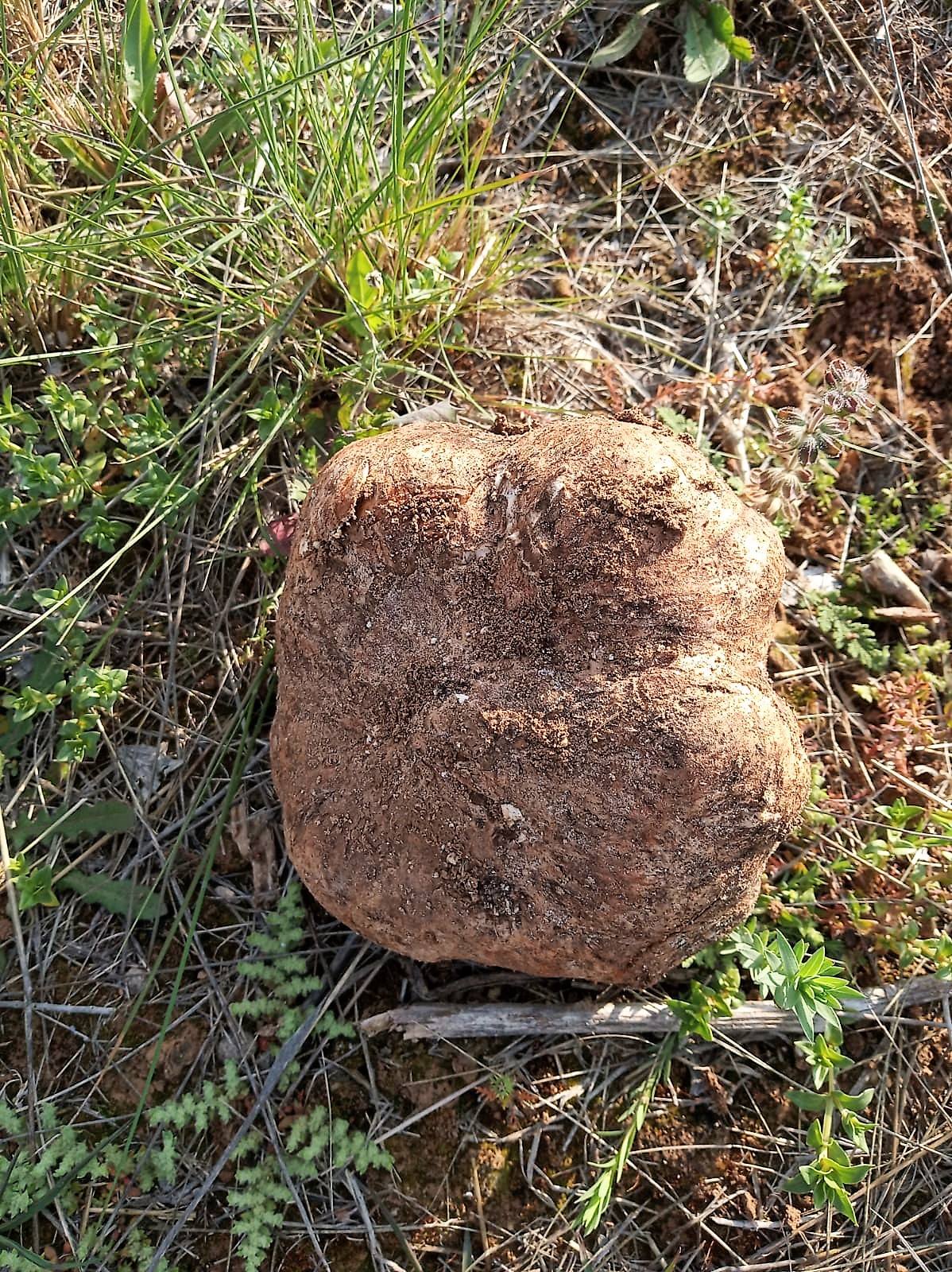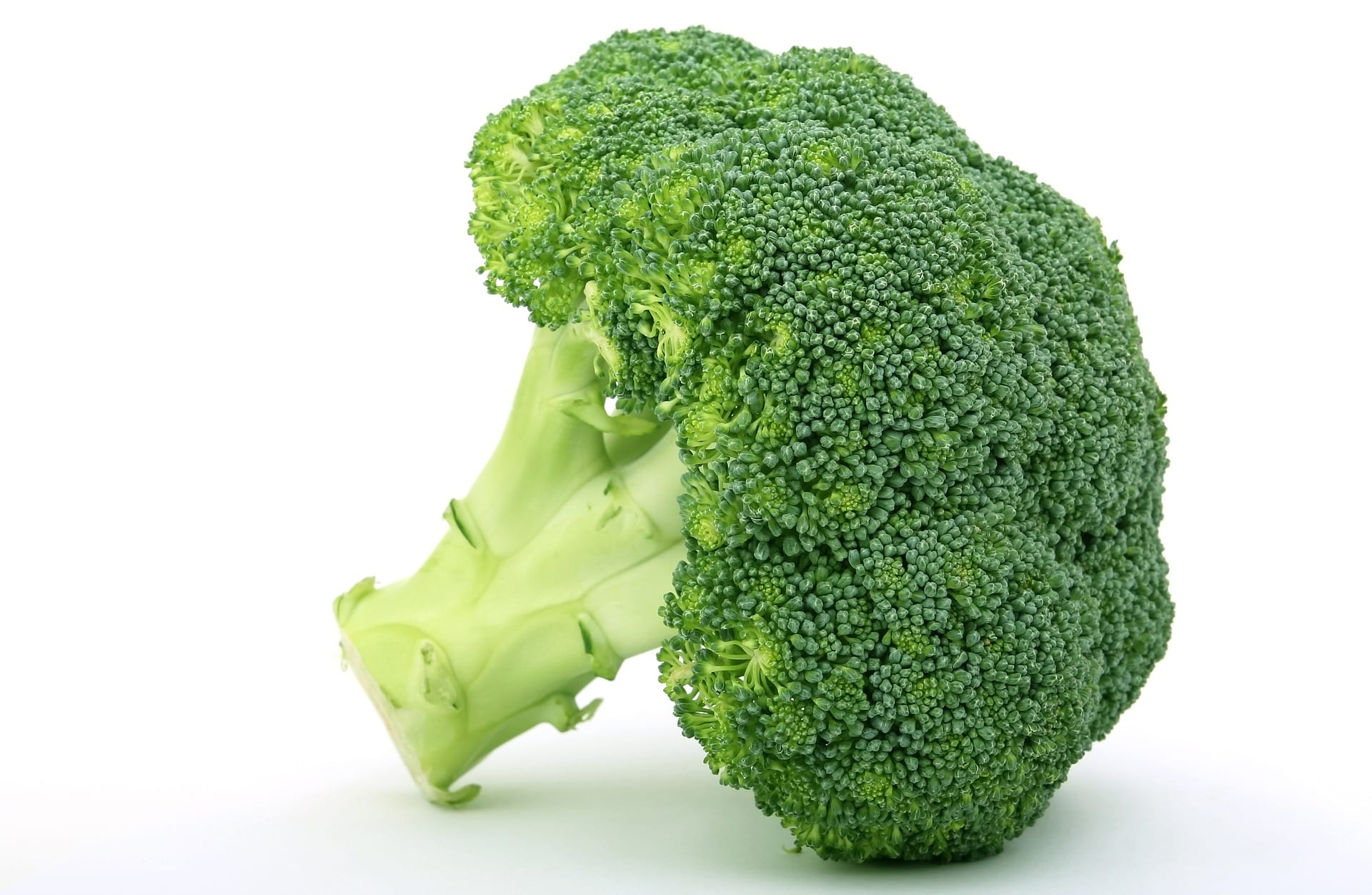She is a great unknown of the mycology but its appreciation is increasing, it can be grown on unproductive land, it does not require any fertilization and not even a lot of water. After about three years of research to develop it as culture -since previously it could be found in the wild- the Murcian desert truffle it is already a reality. From the University of Murcia (UMU) to various agricultural areas spread over different parts of the southeast peninsula region, this edible hypogeal mushroom is gaining prominence. Also in gastronomy, thanks to its use in different dishes together with other typical products of the Murcian garden. Are you one of those who still do not know the turma? We present it to you here!
The Region of Murcia, a pioneer in this crop
Although the so-called turmas have been consumed for millennia along the entire shore of the Mediterranean coast, they have always been in a natural and punctual way. Because they grow "spontaneously through a symbiosis with herbaceous plants." This is how he explained it Asuncion Morte in an interview El País. This Professor of Botany at the UMU has been the first researcher to get the desert truffles can be cultivated. In addition, in an ideal terrain such as semi-arid from the province of Murcia. Nobody had yet ventured to try to take advantage of those lands that are not used for agricultural production and that, in addition, live in constant drought. Precisely these conditions are perfect for a mushroom of great nutritional and gastronomic power.
After "more than 20 years in the making with a scientific, environmental and gastronomic project as a result of the effort of a whole team", Death He is already proud of the fruits of his labor. Even his doctoral thesis was dedicated to this matter, which was not at all simple, since it was necessary to "achieve mycorrhization" and its development "on a larger scale." By this he means that the prison should enter into symbiosis with the roots of the jarilla, a perennial shrub typical of the Mediterranean climate. Only then could it begin to develop what is considered the sixth species of fungus mycorrhizal, as five others are already being cultivated in other parts of the world.

Of course, of this specific truffle (Terfezia Claveryi) from the fungal genus Helianthemum, it can be stated that the Murcia region is a pioneer to already have the first plantations in the world.
Opportunity and birth of 'turmiculture'
"The jarillas renew themselves, release flowers that in turn release seeds and germinate," he explains. Death. However, the wild birth of the turmas in symbiosis with these shrubs has been declining over time due to several factors. Those that explain perfectly in the new project that emerged in the Spanish Association of Turmiculture, founded in 2018 by the professor herself:
- Extreme dependence on increasingly scarce rainfall
- Change of land use due to urbanization or intensive agricultural operations
For both reasons, natural tourist areas they have been disappearing and thus providing an even more interesting opportunity to take advantage of. The 'turmiculture' -which differs from truffle cultivation by the name that this fungus has in Murcia- has an impact in four areas.
Impact of the Murcian desert truffle
-Economic. Its profitability must be taken into account, since this product reaches a price between 20 and 60 euros per kilo after wild collection. But they still pay much more in the countries of the Persian Gulf, where the desert truffle is highly appreciated. Undoubtedly, its cultivation offers Murcian agriculture a new way of business.
-Environmental. It should be noted here that these fungi favor vegetative growth in poor soils and even act as CO2 'sinks'. All of this is beneficial for the planet.

-Technical. The fact that the research group of the UMU To produce mycorrhizal plants has intervened providing this opportunity to the Spanish countryside is another advantage. In addition, with projection towards other Spanish semi-arid areas such as Extremadura or the Canary Islands. From the Chinese province of Yunnan They have even been interested in this species of truffle.
-Social . No less important is the impact on regional society generated by introducing a new, indigenous product with high added value. The one that the Spanish Association of Tumiculture (AET) it tries to promote, grouping its producers. At the moment, several agricultural holdings of Dessert Truffles, Francisco de Lara Tovar (on Farm Torrecillas you can visit to learn about this crop) and Alfonso Chico de Guzman.
Others also collaborate agricultores and even restorers interested in bringing the kitchen Murcian desert truffle. Its nutritional potential is based on high-value proteins, fiber, antioxidants and even omega 3 and 6 fatty acids. When it comes to integrating it into dishes, it works great in gazpachos, croquettes, tortillas, salads or certain vegetables. Do you dare to try this delicacy now?







